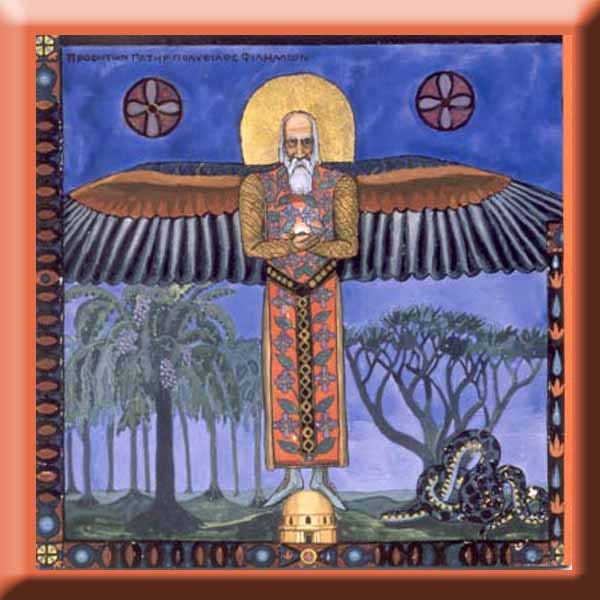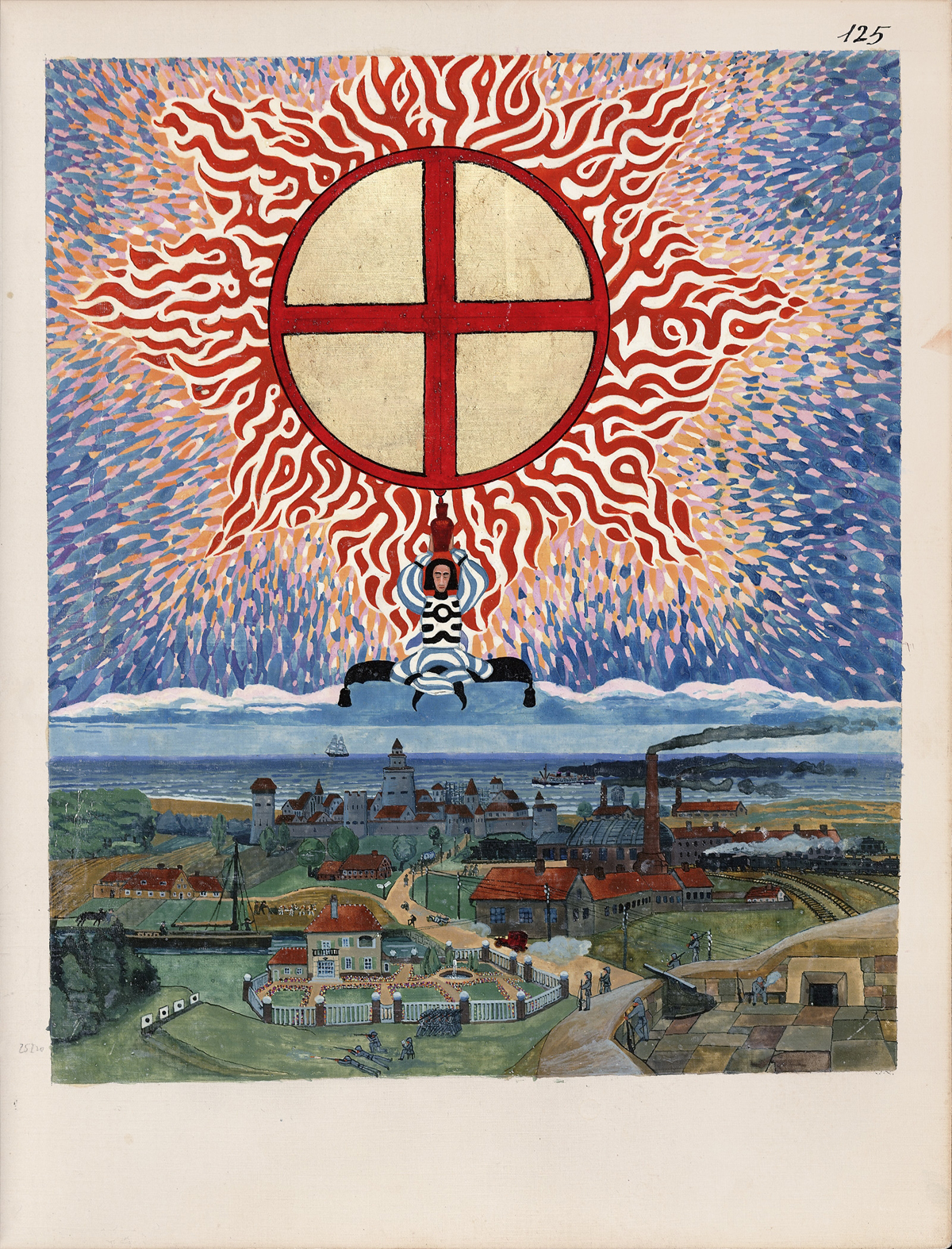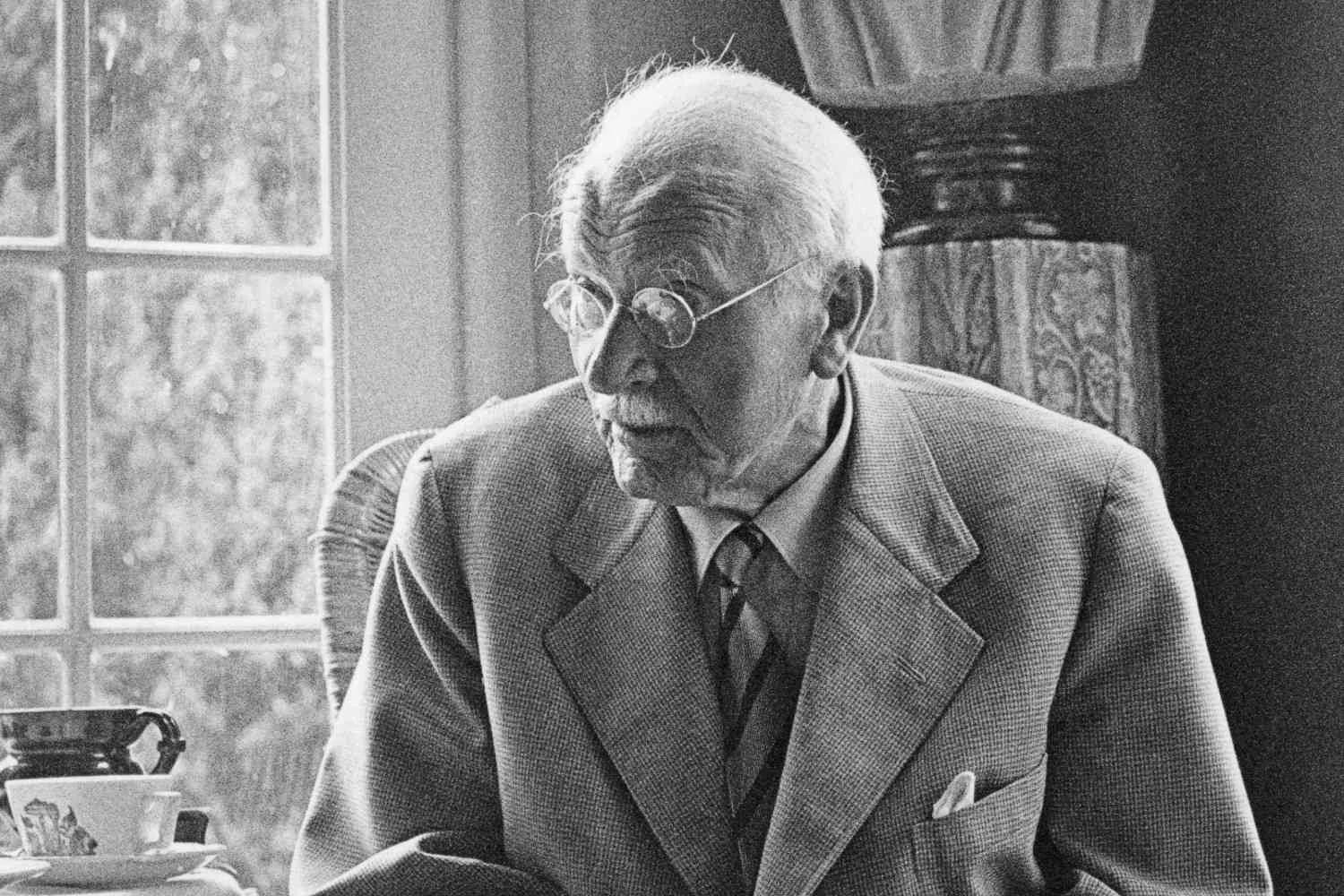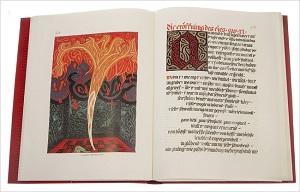The Mysterious Book of Carl Jung, often referred to as his magnum opus, is a captivating exploration of the human psyche that blends autobiography, mythology, and visionary art. This enigmatic manuscript, primarily known as The Red Book, was created by Carl Jung during a period of intense personal and professional turmoil, offering profound insights into the depths of the unconscious mind. Through its vivid illustrations, dream sequences, and philosophical reflections, it challenges readers to confront their own inner worlds, making it a timeless work that continues to intrigue scholars, psychologists, and spiritual seekers alike.
The Origins and Inspiration Behind the Book
The creation of The Mysterious Book of Carl Jung was not a spontaneous endeavor but rather the culmination of years of intellectual and emotional struggle. This section delves into the historical and personal factors that propelled Jung to embark on this extraordinary project, highlighting how his life experiences shaped what would become one of the most introspective documents in psychological literature.
Jung’s Psychological Crisis

Carl Jung’s journey toward creating The Mysterious Book of Carl Jung began with a profound personal crisis that shook the foundations of his identity and career.
In the early 1910s, following his professional break with Sigmund Freud, Jung experienced what he later described as a “confrontation with the unconscious.” This period was marked by vivid dreams, hallucinations, and a sense of descending into madness, which he documented meticulously.
These experiences were not merely psychological episodes but served as a catalyst for his exploration of the collective unconscious, a concept that became central to his work. Jung’s crisis was compounded by external factors, such as the outbreak of World War I, which mirrored his internal chaos and reinforced his belief in the interconnectedness of personal and collective psyche.
As Jung delved deeper, he realized that this turmoil was an opportunity for growth, leading him to develop techniques like active imagination. This method involved engaging with the images and figures from his dreams as if they were real, a process that laid the groundwork for The Mysterious Book of Carl Jung. Through this, Jung not only sought personal healing but also aimed to bridge the gap between science and spirituality, making his book a bridge between rational analysis and mystical insight.
The Role of Active Imagination

Active imagination was the cornerstone technique that Jung employed to bring the contents of his unconscious to light, forming the backbone of The Mysterious Book of Carl Jung.
This approach allowed Jung to dialogue with archetypal figures, such as the wise old man or the anima, in a state of waking reverie. By recording these interactions in written form, he created a narrative that blended fantasy with psychological inquiry.
The process was not without its challenges; Jung often felt overwhelmed by the intensity of these visions, which included encounters with mythical beings and prophetic symbols. This method distinguished his work from traditional psychoanalysis, emphasizing creativity and self-expression over mere interpretation.
Ultimately, active imagination transformed Jung’s personal struggles into a universal map of the psyche, influencing countless therapists and artists who use similar techniques today.
The Manuscript’s Composition and Early Years
The composition of The Mysterious Book of Carl Jung involved a meticulous process of writing, illustrating, and revising, spanning over a decade of Jung’s life.
He began the manuscript in 1913, using a large red leather-bound folio to inscribe his visions in calligraphy, accompanied by elaborate watercolor paintings. This artistic element was crucial, as Jung believed that images could convey truths that words alone could not capture.
Despite its personal significance, Jung kept the book private for most of his life, sharing it only with a few close confidants. It wasn’t until the 1920s that he began to integrate its themes into his published works, such as Psychological Types.
The early years of the manuscript were a time of secrecy and reflection, allowing Jung to refine his ideas without external pressure.
The Symbolism Within The Mysterious Book of Carl Jung

The rich tapestry of The Mysterious Book of Carl Jung is woven with intricate symbols that serve as gateways into the depths of the human psyche. In this section, we will explore the various symbols contained within the manuscript, their meanings, and how they resonate with Jung’s broader theories on psychology and spirituality.
Archetypes: The Universal Symbols
At the heart of Jung’s exploration in The Mysterious Book are archetypes, which are universal symbols that manifest across cultures and time periods.
Jung posited that these archetypes reside within the collective unconscious, influencing our thoughts, behaviors, and emotions without us being fully aware of their presence. Common examples include the Hero, the Mother, and the Shadow, all of which play significant roles in the human experience.
As readers engage with Jung’s work, they may find themselves encountering these archetypal figures and themes. For instance, the figure of the Hero embodies the journey toward self-realization, while the Shadow represents the darker aspects of one’s personality that are often repressed. By recognizing these manifestations within themselves, readers can gain insight into their own psychological landscapes.
This exploration goes beyond mere identification; it invites individuals to confront and integrate these archetypes, fostering personal growth and deeper understanding. Jung’s insistence on the importance of these universal symbols encourages readers to view their own lives as part of a larger narrative, one that transcends individuality and connects them to humanity as a whole.
The Mandala: A Symbol of Wholeness
In The Mysterious Book, Jung frequently employed the mandala as a symbol representing wholeness and balance.
The mandala, typically a circular design, has been used in various spiritual traditions as a tool for meditation and self-discovery. Jung created many of his own mandalas during his period of introspection, believing that drawing these intricate patterns allowed him to visualize the process of individuation—a journey toward achieving harmony between the conscious and unconscious self.
Jung’s mandalas reflect his evolving inner state, offering glimpses into his psychological development. Each design not only showcases artistic talent but also serves as an artifact of Jung’s quest for integration. As he grapples with the complexities of his psyche, the circular form of the mandala embodies the idea of continual growth and interconnectedness.
For readers, engaging with Jung’s mandalas evokes an invitation to create their own, encouraging introspective practices that promote self-awareness and mindfulness. It reminds us that the path to wholeness is ongoing, requiring dedication to understanding both light and shadow.
The Alchemical Imagery
In The Mysterious Book, Jung incorporated alchemical imagery as a means of exploring transformation and inner alchemy.
Alchemical symbols, such as the Philosopher’s Stone and the Process of Transmutation, serve as metaphors for the psychological journey toward personal enlightenment. Jung viewed alchemy not just as a historical practice of turning base metals into gold but as a symbolic representation of the individual’s quest for self-actualization.
Through alchemical allegories, Jung illustrates how the individual must undergo a series of stages—often painful and challenging—to achieve inner unity and spiritual awakening. For example, the process of calcination symbolizes breaking down the ego, while conjunction signifies the merging of opposites within oneself.
By integrating these rich symbols into his work, Jung invites readers to understand their own transformative processes. The alchemical journey becomes a reflection of the struggles and triumphs faced along the path of self-discovery, emphasizing that growth is often born from adversity.
Personal Reflections on Symbolism
The symbolism within The Mysterious Book of Carl Jung resonates deeply with personal experiences, often providing clarity in moments of uncertainty.
Understanding archetypes can help individuals identify recurring themes in their lives, allowing them to navigate their journeys with greater awareness. The realization that one’s struggles echo those of the Hero or the Shadow fosters a sense of connection to the broader human experience.
Moreover, creating personal mandalas can be a therapeutic exercise, visually representing emotional states and facilitating emotional processing. The act of drawing can become a meditative practice, allowing for insights to emerge organically.
Finally, recognizing the alchemical processes at play within oneself can invite individuals to embrace their transformations, viewing challenges as opportunities for growth. This perspective shifts the narrative from one of victimhood to empowerment, reminding us that we hold the power to transcend difficulties and evolve.
The Impact of Jung’s Work on Psychology and Spirituality

Carl Jung’s contributions through The Mysterious Book have left an indelible mark on the fields of psychology and spirituality. This section will examine how his insights continue to influence contemporary thought, therapeutic practices, and spiritual awakenings.
Bridging Psychology and Spirituality
One of the most significant impacts of Jung’s work is the bridge he built between psychology and spirituality.
Jung recognized that the pursuit of meaning and understanding was fundamental to human existence, asserting that psychological health cannot be divorced from spiritual well-being. He emphasized the importance of integrating spiritual practices, such as meditation, into therapeutic settings.
By validating the spiritual dimensions of the human experience, Jung opened the door for psychologists to consider the soul’s needs alongside mental health concerns. His emphasis on the unconscious’s role in shaping behavior paved the way for more holistic approaches in therapy, encouraging practitioners to incorporate techniques like guided imagery and dream analysis.
As a result, modern psychotherapy increasingly embraces a multidimensional approach, recognizing that clients may seek not only relief from symptoms but also a deeper connection to themselves and the universe at large. Jung’s legacy invites therapists to honor these spiritual inquiries, fostering a sense of purpose and fulfillment in their clients.
Influence on Arts and Creativity
Jung’s exploration of the unconscious profoundly affected artists, writers, and musicians, inspiring them to delve into their creative practices.
Many artists have drawn upon Jungian concepts, using archetypes and symbols as a foundation for their work. For instance, films often feature archetypal characters like the Hero or the Mentor, mirroring the journeys outlined by Jung. This allows audiences to engage with complex narratives that reflect their own internal struggles and growth.
Moreover, Jungian principles have influenced movements such as Surrealism and Expressionism, where artists sought to tap into the unconscious as a source of inspiration. The practice of active imagination has also found its way into the arts, encouraging creators to explore their minds unfiltered, leading to truly original expressions.
Creativity thus becomes a vessel for self-exploration and healing, echoing Jung’s belief that art is a vital means of connecting to the depths of the psyche. Through this lens, artists amplify their messages, inviting others to embark on their own journeys of discovery.
Modern Therapeutic Practices Inspired by Jung
Today, many therapeutic modalities draw directly from Jungian principles, reflecting his lasting influence on mental health treatment.
Jung’s emphasis on the unconscious and dreams remains foundational in therapies such as depth psychology and analytical psychology. Practitioners utilize dreamwork to facilitate insight and self-understanding, guiding clients through their inner worlds to foster healing and integration.
Furthermore, expressive therapies, including art and music therapy, have roots in Jungian ideas about creativity as a path to self-discovery. These modalities allow individuals to communicate and process emotions that may be difficult to articulate verbally, promoting catharsis and personal growth.
Lastly, Jung’s concept of individuation—the process of becoming one’s true self—continues to inspire therapeutic practices focused on self-awareness and authenticity. Clients are encouraged to explore their identities, confront their shadows, and embrace their wholeness. This focus on personal transformation empowers individuals to shape their narratives and lead fulfilling lives.
Conclusion

The Mysterious Book of Carl Jung remains a profound testament to the complexity of the human psyche and the transformative power of self-exploration. Through his meticulous craftsmanship, Jung unveils the layers of the unconscious, inviting readers to embark on their own journeys of discovery. The book’s multifaceted symbols, ranging from archetypes to mandalas, resonate deeply within contemporary psychology and spirituality, reinforcing the importance of integrating these realms. As we navigate the intricacies of our inner worlds, Jung’s insights remain a guiding light, illuminating the path toward individuation and holistic well-being. The enduring impact of Jung’s work continues to inspire generations, fostering connections among those who dare to journey into the depths of the psyche.

GIPHY App Key not set. Please check settings